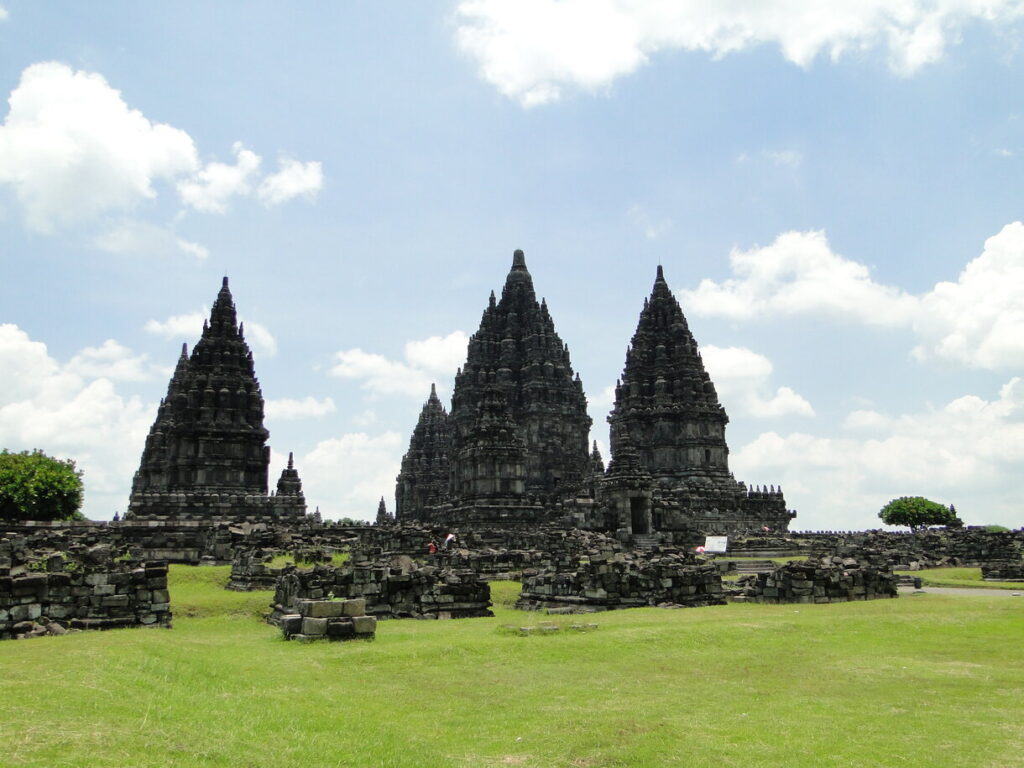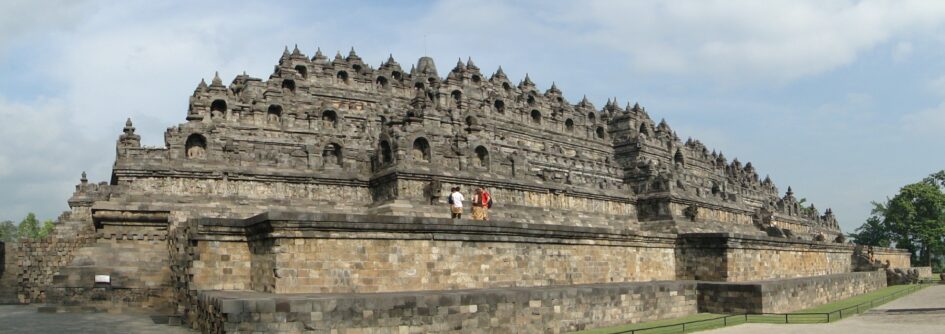Yogyakarta, Java
We flew to Yogyakarta (often called Yogya) with Air Asia, booking tickets back in Poland for about 100 USD per person. After a flight of less than an hour and a half, we landed in Java’s cultural and artistic capital of Indonesia.
Border formalities in Indonesia can be time-consuming – the Visa on Arrival costs 25 USD, and immigration officials take fingerprints and photos. Such security measures are becoming more common worldwide, though they still spark debate among travelers who value privacy.

For just 3,000 IDR, we reached the famous backpacker district around Gang I, Gang II, and Sosrowijayan streets. This area is full of losmen – affordable guesthouses that are a staple of Java’s travel scene. Accommodation prices vary by comfort: air-conditioned rooms cost about 150,000 IDR, while fan rooms go for 70,000–80,000 IDR. Negotiating prices can be tricky, but it’s worth comparing a few options.
The heart of Yogyakarta is Malioboro Street – a vibrant artery lined with shops, stalls, batik galleries, and street performers. This is where city life converges, and evenings fill the air with the scents of local dishes and the sounds of gamelan music. Unfortunately, the famous Sultan’s Palace (Kraton) and the former water palace Taman Sari can disappoint – they are rather modest compared to expectations, and the city itself is noisy and crowded with scooters.

After a day full of experiences, we allowed ourselves some rest. We recovered from jet lag, enjoyed a late breakfast, and searched for a currency exchange with a good rate. At travel agencies, we compared tours to Borobudur and Prambanan – prices were similar, and we chose a 70,000 IDR option that included breakfast. Unfortunately, due to increased volcanic activity, the Ijen Crater – one of the most spectacular stops on the route – was closed.
In the evening, we visited batik galleries – traditional fabric art that is Java’s pride and recognized by UNESCO as intangible cultural heritage. Batik is not just a technique but a vital part of Javanese identity, with patterns rich in symbolism and a time-consuming creation process. Sadly, vendors rarely negotiate prices, which can be quite high.
For dinner, we chose a local eatery where guests sit on mats at very low tables – a typical Indonesian dining style. The food was simple but the atmosphere unique. We ended the day with a beer (25,000 IDR) and a visit to the barber (20,000 IDR) – an interesting experience, as local barbershops often feel more like social hubs than typical service places.
The next day, we woke at 4:30 a.m. to join a group heading to Borobudur. Although we missed sunrise, we avoided the crowds. Borobudur is the world’s largest Buddhist temple, built in the 8th–9th centuries. Its monumental architecture and richly decorated reliefs tell stories of Buddhism and Javanese life over a thousand years ago. Investing in a guide (75,000 IDR per group) is worthwhile to uncover fascinating histories and symbolism.

Our next stop was Prambanan – Indonesia’s largest Hindu temple complex, dedicated to the Trimurti: Brahma, Vishnu, and Shiva. Built in the 9th century, it impresses with slender towers and intricate carvings. Our guide (75,000 IDR) shared myths, legends, and architectural insights. Like Borobudur, Prambanan is a UNESCO World Heritage site.

Borobudur and Prambanan are must-see landmarks on Java. Each site deserves at least two hours. Prambanan is accessible by city bus, while Borobudur is best visited via organized tours. Unfortunately, entrance fees are steep: Borobudur costs 15 USD, Prambanan 13 USD.
Back in Yogyakarta, we tried our luck at local markets. Bargaining is an art here – prices drop, but not always to a level that feels fair. Buying traditional sarongs or batik requires patience and persistence. Eventually, we bought a batik for 20 USD, though we later realized we paid twice the local price.

We ended the day with a spectacular Ramayana performance – a traditional Javanese theater featuring gamelan music, dance, and costumes. It was a magical opportunity to feel the local culture and see ancient epics come alive on stage.

Leave a Reply